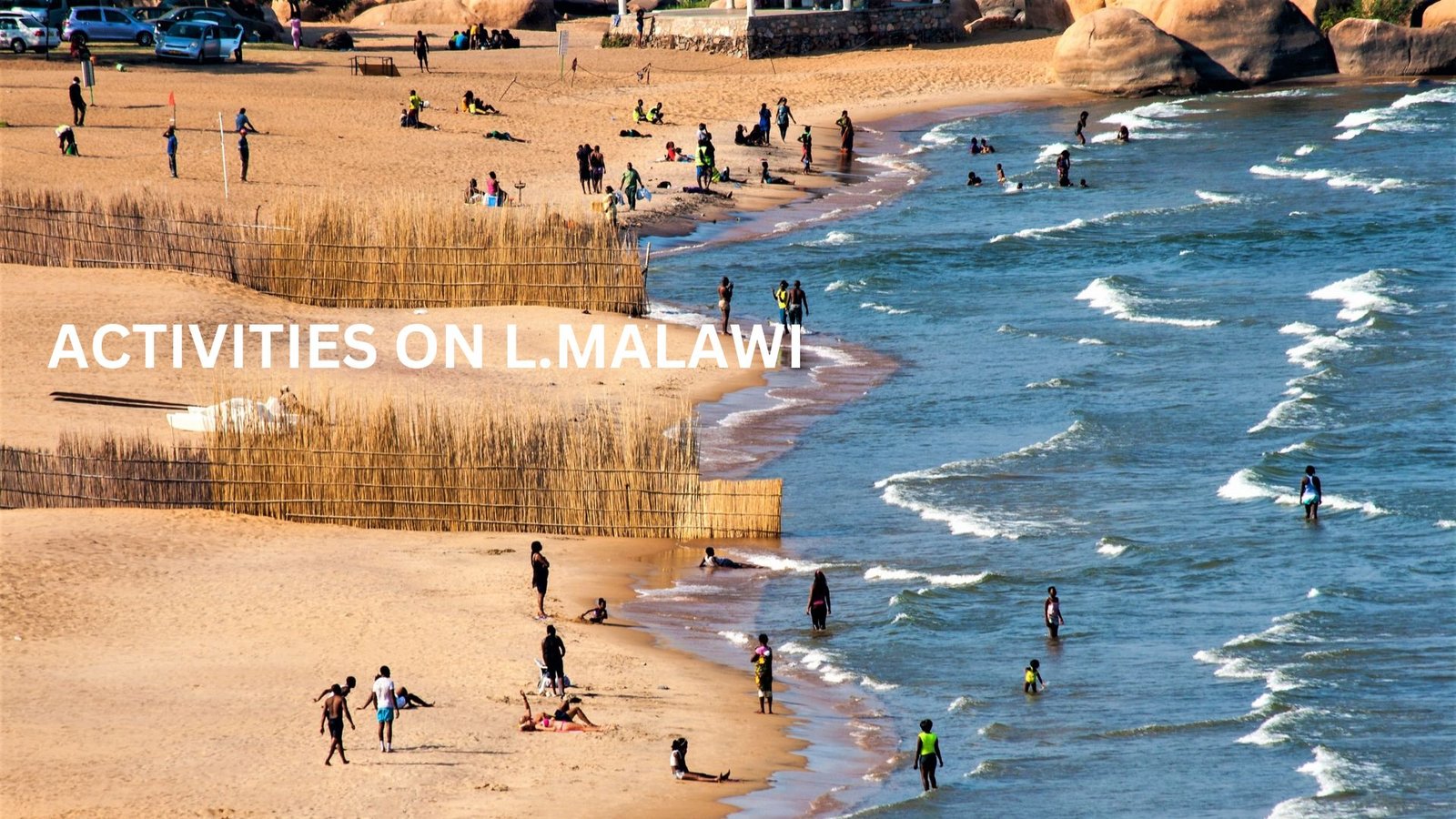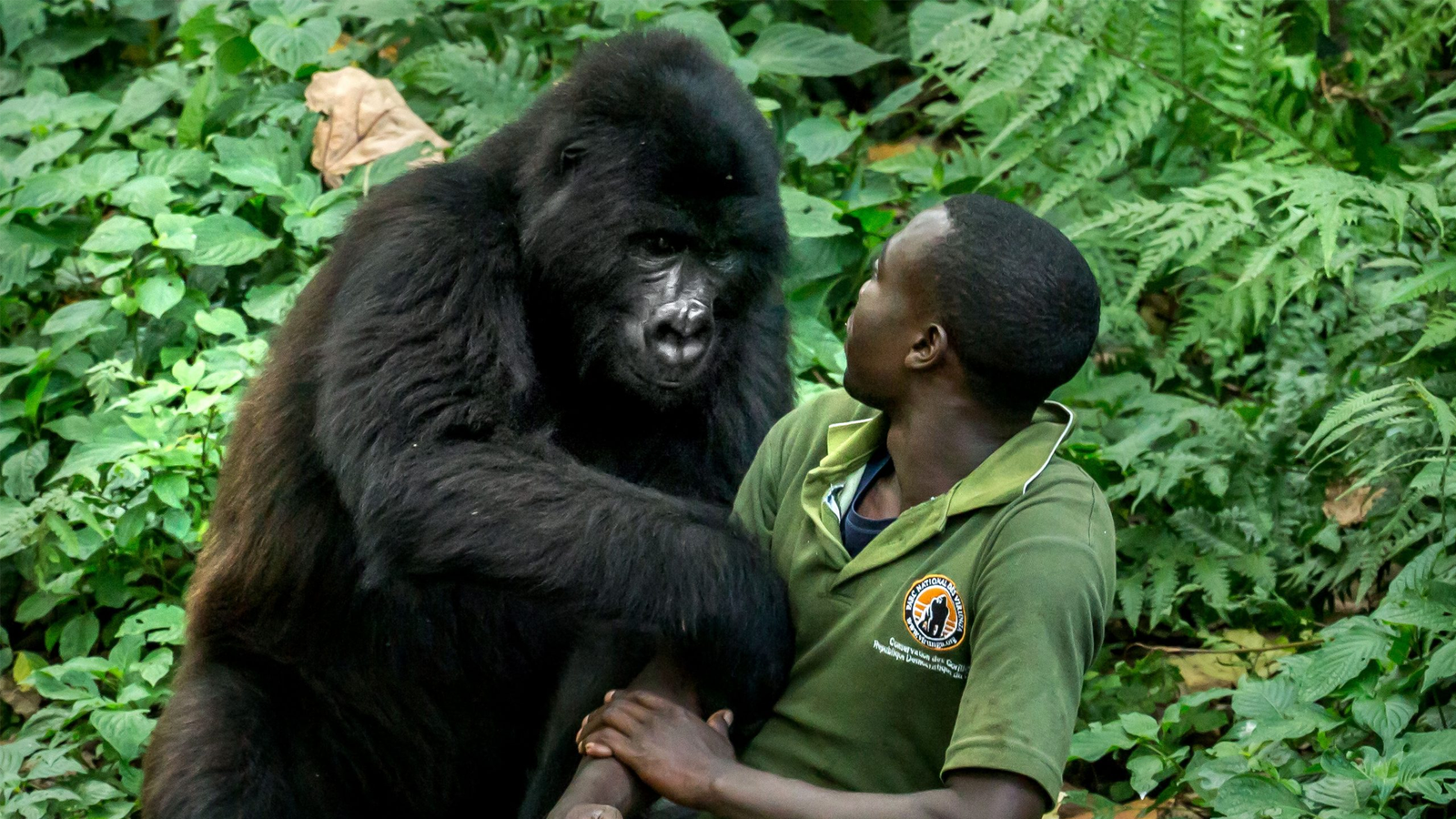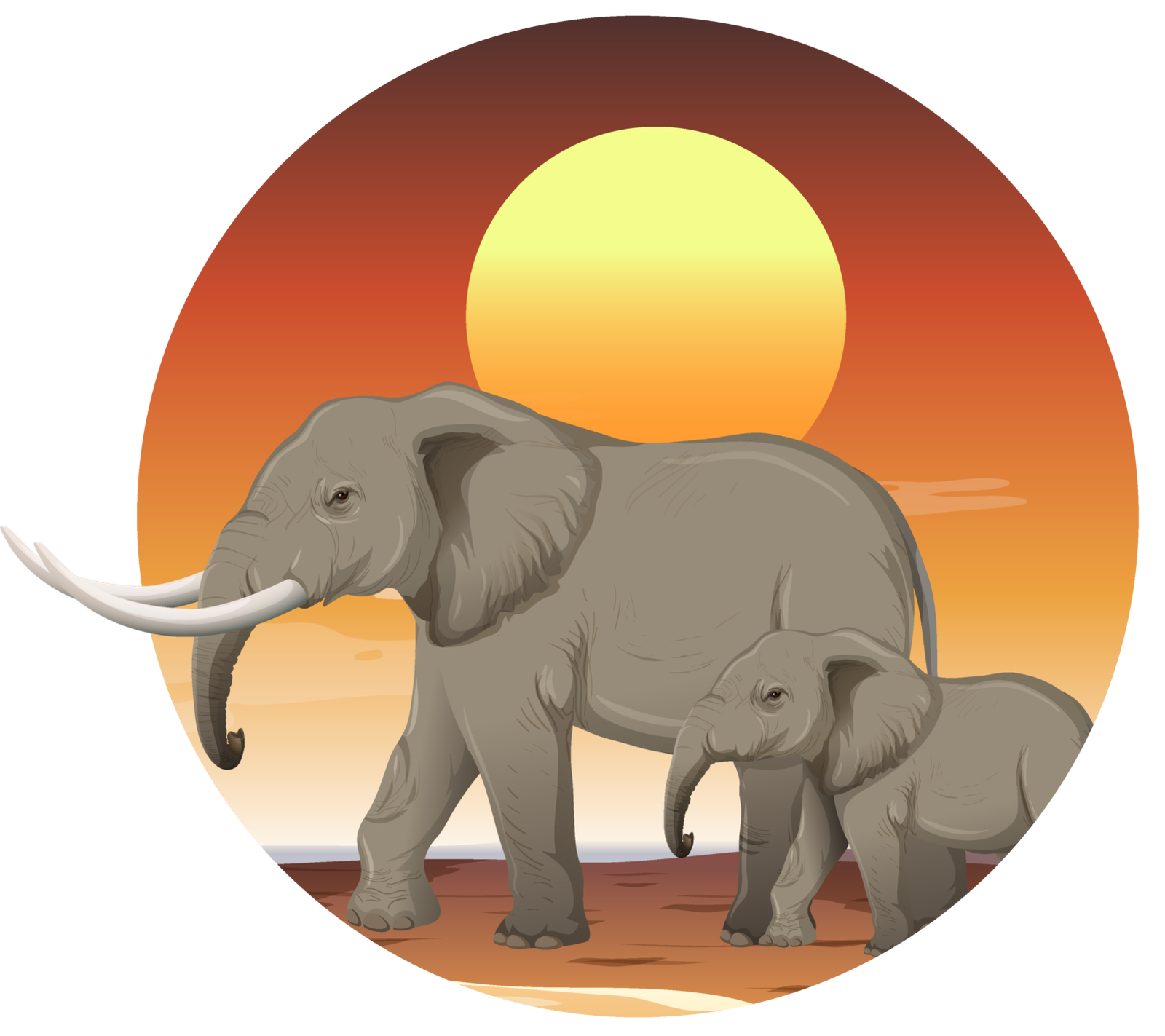Exploring Queen Elizabeth National Park
Queen Elizabeth National Park is located in Western Uganda and covers 4 districts Kasese, Kamwenge, Bushenyi, and Rukugiri. The Park is the 2nd largest national park in Uganda. The park extends up to Lake George and Lake Edward in the southwest including the Kazinga channel which links the two lakes. Queen Elizabeth national park was formerly called Kazinga National Park and it was changed after Queen Elizabeth’s visit to Uganda. With a diverse ecosystem, exploring Queen Elizabeth National Park sees you observing different features such as a sparkling lake, ice crater lake, and fertile wetlands which makes it the ideal habitat for the big game, primates, and mammals. The national park is unique with tree-climbing lions and the largest number of hippos in East Africa, it has about 5000 hippos, 3000 elephants, and 1000 Buffaloes. Queen Elizabeth national park is known as the Medley of wonders.Game Drive
This is the most famous activity done at Queen Elizabeth national park. The game drive is done in the thrilling short savannah plains of the park and here you drive through the park while watching and studying different wild animals, bird life, and vegetation. During the drive along various trails, different primates and mammal species can be seen including monkeys, baboons, mongooses, elephants, warthogs, buffalos, hippos, lions, spotted hyenas, and giant forest hogs among others. You may also choose to take part in the lion tracking activity, a scientific experiment where you technically do research than a tourist-designed activity. You study the behavior of the lions. You use predator collars to track them down. This activity is done in the savannah plains of Kasenyi, especially in the south Ishasha sector popularly known for tree-climbing lions. The game drive costs up to 30 USD for foreign nonresidents, 25 USD for Foreign residents, and 30,000 UGX for EAC residents. A game drive can be done at any time of the day, morning, afternoon, evening, or even nighttimeBoat Cruise
The boat cruise is done on Kazinga channel and which connects Lake George and Lake Edward and it is a very amazing wildlife experience. You get an opportunity to see a lot of wildlife, and water species even those from afar end while on the boat ride including hippos, and crocodiles which can be seen swimming in the channel and moving along the water shores. You have a chance to see warthogs, and antelopes too on the shores of the lake. The dry season is the best time to take on the boat cruise activity in the months of June to September, and December to February. The boat cruise can be done during the morning hours and afternoon hours at 2 pm. Boat cruise costs up to 30 dollars per person per day.
Chimpanzee Trekking
The chimpanzee trekking activity is carried out in Kyambura Gorge which is also known as the Valley of Apes. The outside savannah receives a lot of sunshine but the George remains dark due to the surrounding tall thick trees that shield it from direct sunlight. It also has the Kyambura river which is a permanent river in the middle that attracts not only resident animals but also those from the park, especially during the dry season. It has very many habituated chimps that are familiar with the presence of people. The chimps sleep in the trees and spend some time on the ground looking for food like termites and nuts from tree roots. They crack nuts using stones. Chimpanzee trekking costs 50 USD per person per day. If the visitors are interested in chimpanzee habituation professional ranger at Kyambura is paid 20 USD. During trekking, you also get a chance to see other primates like Baboons and monkeys.
Birdwatching
The national park contains over 600 bird species including the martial eagle, crowned plover, black lured babbler, African white-backed vulture, grey-capped warbler, pied kingfisher, long-tailed cormorant, spur-winged plover, pink-backed pelican. The birdwatching activity can be done in the Kasenyi area, Ishasha area, Mweya peninsular, Maramagambo forest, and Katwe area. Birdwatching can be done early in the morning and late in the evening. It costs 30 USD for Foreign nonresidents, 25USD for Foreign residents, and 20,000UGX for EAC residents.Nature walks
This is an adventurous activity where visitors explore the park on foot as they feel the cold breeze with the beautiful sights of the bird species and wildlife. It can be done in the Mweya peninsular which has savannah and woodland with beautiful views, however, it also has a chucky grass cover with dense vegetation dominated by candelabra and thorny bushes. It can also be done in the Maramagambo forest, along the explosion crater Kasenyi plains, and along the Ishasha river. The cost for nature walks for EAC residents is 10,000UGX,15 USD for Foreign nonresidents, and 10 USD for Foreign residents. The nature walk may take between 2 to 6 hours depending on your level of fitness.Mongoose Tracking
The tracking is a very thrilling activity where you view and monitor the interesting and playful mongoose. They are small mammals that are agile with large heads, small ears, long tails long body structures, and strong claws. Some live in groups and others live alone. Banded mongooses live in groups of 10 to 40 individuals and a maximum number of 4 people is allowed to track them. Tracking mongooses takes between 1 to 3 hours or more depending on their location. It costs 30 USD for both Foreign nonresidents and for residents then 30,000 UGX for EAC residents. Visitors interested in mongoose tracking can contact Jewel Safaris so that it can be included in the itinerary for a safari to Queen Elizabeth national park.



